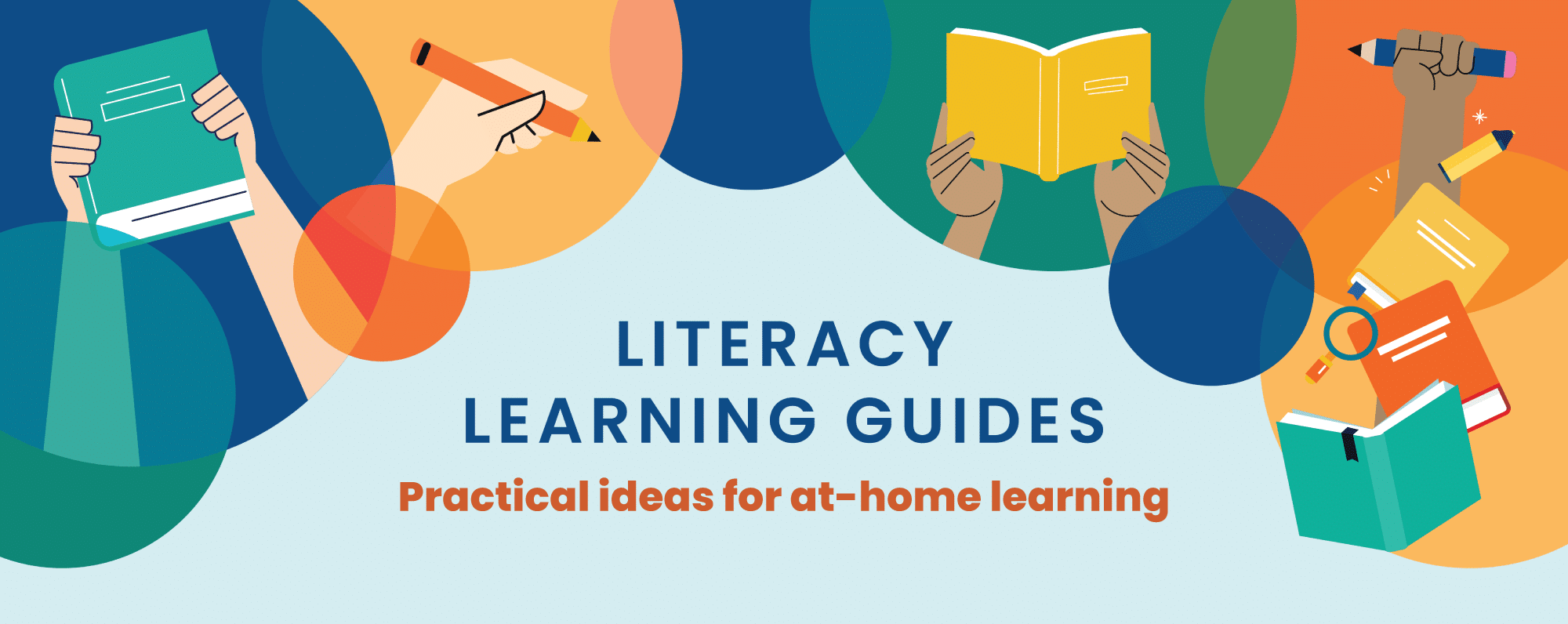
Reading Comprehension
Here’s what it means…
Many kids claim they are reading, when in fact they are simply “word calling.” They must do more than just pronounce the words. Students have to THINK about the text’s meaning in order to understand it.
Monitor comprehension with the Reading Voice & Thinking Voice
Each of us reads with two voices. The Reading Voice tells us what the words say. The Thinking Voice tells us what they mean. There is an invisible conversation between these two voices occuring in a reader’s head while he reads through a text.
Recognize the Third Voice
All readers experience times when their eyes are looking at the text, but their minds wander. This is the Distracting Voice in action. Although it’s normal to get distracted, a competent reader knows how to self-monitor and:
- STOP reading words.
- GO BACK a couple of sentences.
- FIND the last part he remembers understanding.
- REREAD with both the Reading and Thinking Voices reengaged.
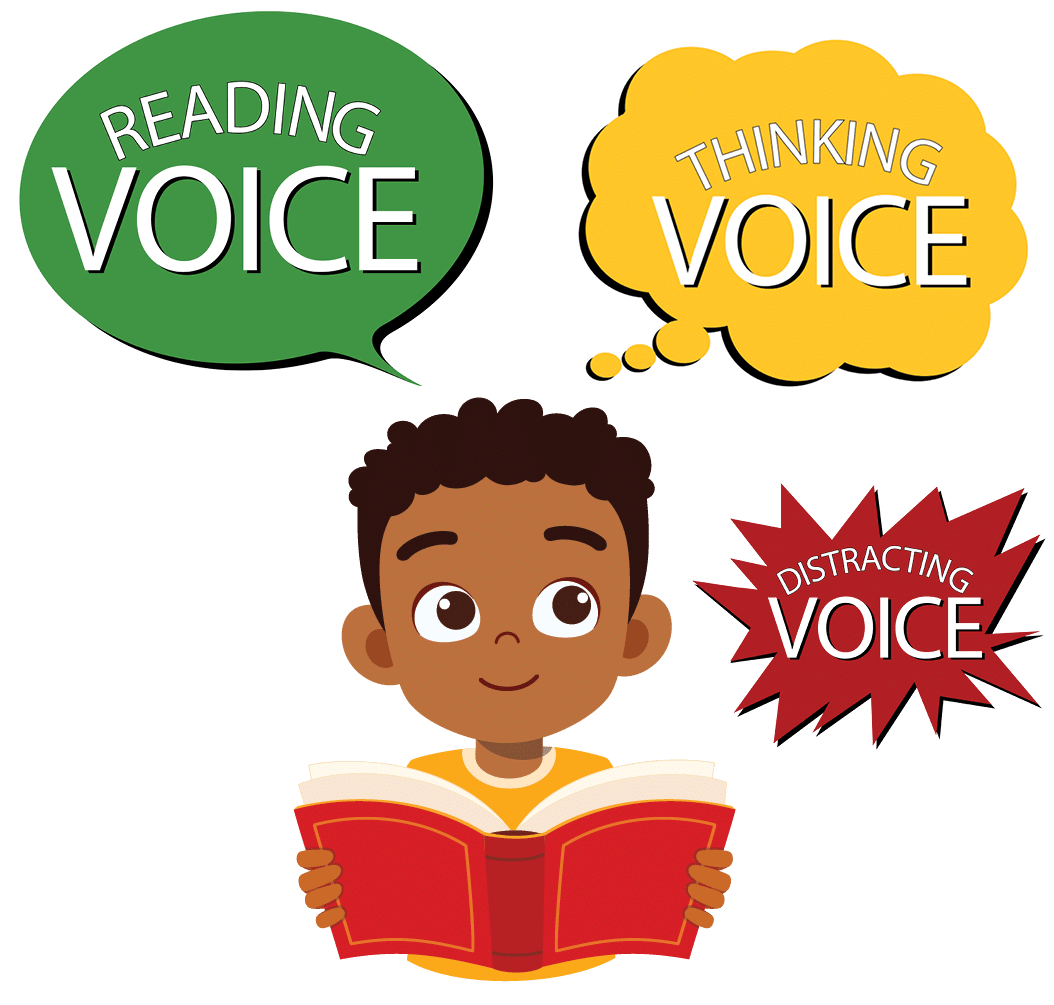
The goal is for your child to listen to his Thinking Voice and ask himself questions before, during, and after reading. However, until these questions become a part of his regular reading routine, you should use these prompts to encourage him to share his thoughts.
Before-Reading Thinking
Lead your child to complete these thoughts…
To help your child make predictions:
• I think this book will be about…
To help your child recognize the text’s genre:
• I know this is (informational text/literature) because…


During-Reading Thinking
Lead your child to complete these thoughts…
To help your child make connections:
• This is like…
• This reminds me of…
• That would make me feel…
To help your child make predictions:
• I think will happen next.
To help your child ask questions:
• I wonder why…
To help your child visualize ideas:
• I’m picturing in my head!
To help your child determine important information:
• The most important thing so far is…

After-Reading Thinking
Lead your child to complete these thoughts…
To help your child retell and summarize:
• First, happened, then…
• The text was about…
To help your child determine the main idea:
• Another title for this could be…
• The most important thing was…
• The author’s main point was…
BEFORE READING

Select a variety of texts
Pick out texts together to get your child excited about reading time! Include a variety of text types:
VISUAL TEXTS: photographs, artwork, maps, etc.
AUDIO TEXTS: audiobooks, podcasts, radio shows, etc.
TECHNICAL TEXTS: instructions, recipes, sheet music, etc.
MULTIMODAL TEXTS: movies, commercials, websites, etc.
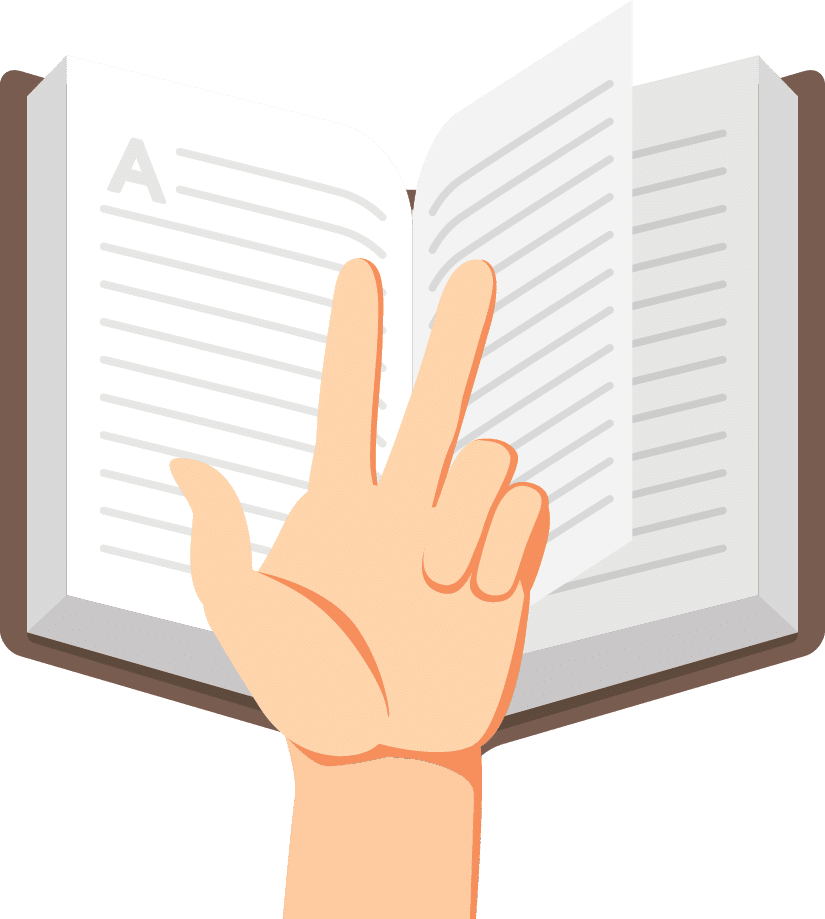
Use the “rule of thumb”
When deciding if a text is too hard or too easy, have your child read any one page from the middle of the book. For every word he doesn’t know and can’t figure out based on context clues, have him count with his fingers. If there are 0–1 unknown words, the book will likely be more of a pleasure read. If there are 2 or more unknown words on one page, the text will be challenging.

Read with a purpose
Set a purpose for reading to increase your child’s motivation to read.
Typical reading purposes include:
- To find a funny part.
- To learn about a topic.
- To discover the author’s message.
- To follow directions to make/do something.
DURING READING
EYE SWEEP:
The older your child, the longer the width of the text and the smaller the print. If he tends to lose his place or accidentally skips lines, help him improve his eye sweep. Place an index card or piece of paper above the line he is reading and slide it down. This will allow him to keep track of where he is while keeping the next line visible.


read, stop, & say something:
While reading a book with your child, take time to discuss each other’s reactions to the text. After each page, chapter, or section, stop and “say something” to each other about the reading. Your child stays more focused knowing he has to be ready to share a thought.
making note of reader thoughts:
The most important part of note-taking is to keep track of the reader’s thinking. The Says & Means T-Chart is a simple tool that can support this valuable reader habit.
- LEFT COLUMN | List key words and details that the text actually SAYS (i.e., Reading Voice).
- RIGHT COLUMN | Note thoughts and understandings about what each one MEANS (i.e., Thinking Voice).
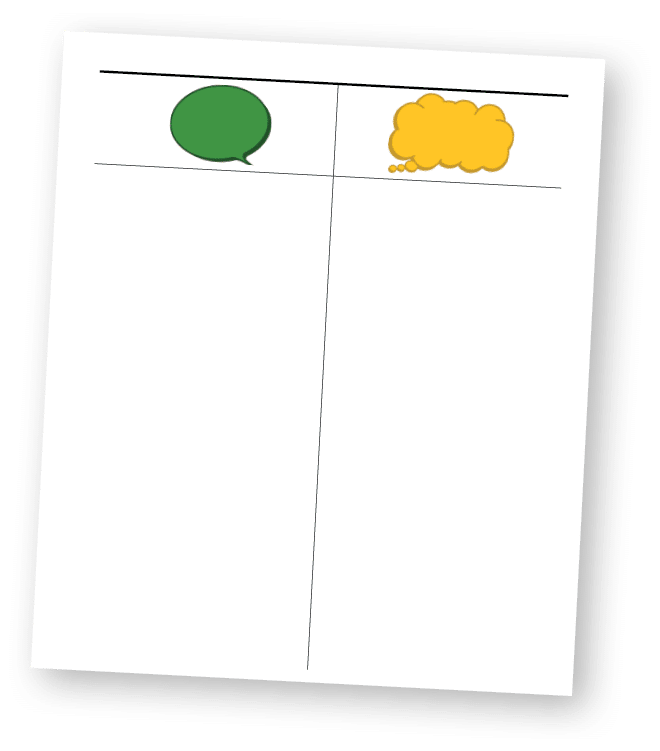

Struggling with hard texts:
When your child faces difficult text, make sure she is reading it slowly. Although easy text can be read faster, complex text requires a slower reading rate. In addition, some parts may need to be read more than once in order to truly understand it.
AFTER READING
Instead, they require students to draw a conclusion, give an opinion, or make an inference.
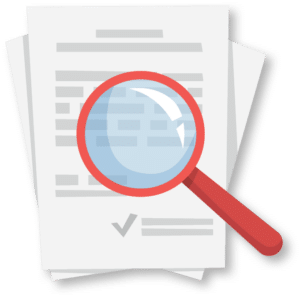
Expect more than correct answers:
Teachers and standardized tests are no longer satisfied with right answers. Your child is expected to provide proof for his thinking. This ensures students aren’t just guessing at the answer but truly rooting their thinking in the text. When your child gives an answer, ask, How do you know this? Which details helped you figure that out?
Write-about-reading tasks:
After reading literature or informational text, it’s common for students to generate a written response. A short response to reading is typically 3-5 sentences and includes an inference supported with text evidence that is explained. Ask your child a question about his reading and have him write his answer using these steps:
GIVE YOUR ANSWER: Repeat key words from the question/command and provide a general answer/inference.
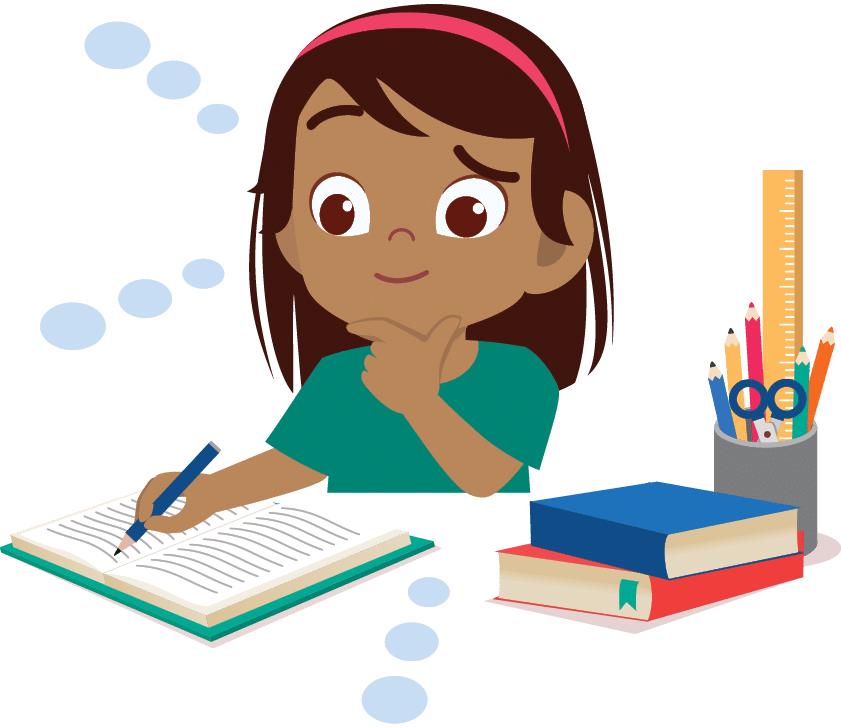
Why I think it…
ADD PROOF FROM THE TEXT: Support your answer with details from the text.
Try writing it like this:
- In the text…
- For example…
- According to the passage…
- The author wrote…
- The author also states…
EXPLAIN YOUR THINKING: Tell how the evidence fits the answer/inference.
Try writing it like this:
- This shows… because…
- This demonstrates… since…
- These details prove… as a result…
Writing
What matters most?
- Developing strong ideas is the first priority in writing.
- Writing that is technically “perfect” does not necessarily score well. The best writing may have some errors in spelling and grammar but is interesting for the reader.
- Building and maintaining “writer stamina” is important for passing most standardized writing tests. Students have to be able to clearly and thoroughly express an idea —all in one sitting.
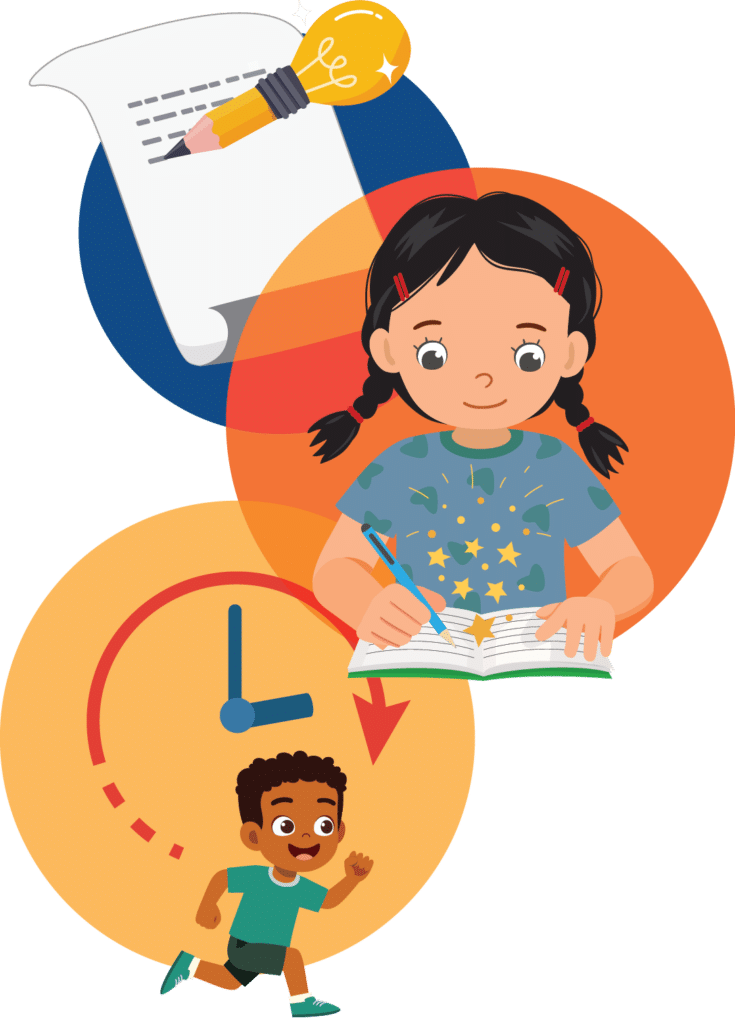
Here’s what it means…
The message itself is more important than how correct the spelling, grammar, and punctuation are. The emphasis should be on what the writing says before looking at how it is presented.
If you do nothing else…do this!
Many times what a student writes is fine—it’s just not enough. Therefore, encourage your child to include more information. However, don’t tell him specifically what to add to make it longer. Rather, remind your child of the different types of details that could add interest for the reader.
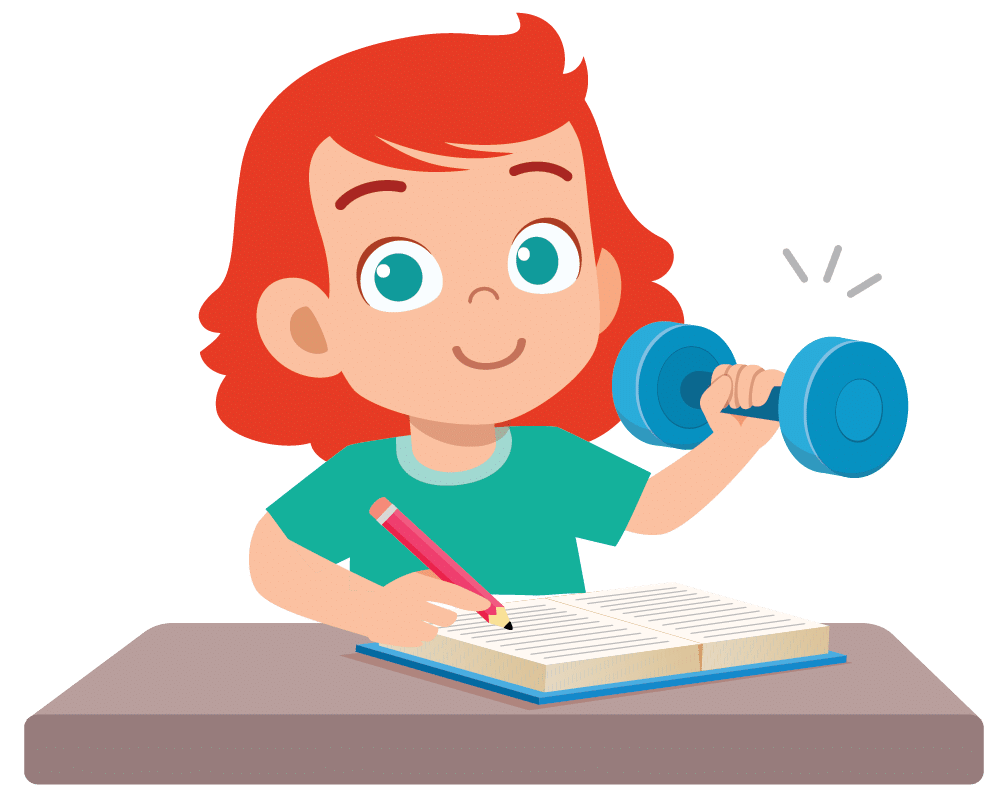
Add more details
WHO: Describe what the subject looks like, acts like, and sounds like.
QUOTES: Include character dialogue or expert quotes.
LOCATIONS: Describe the setting, environment, mood, and/or weather.
EXAMPLES: Add specifics using for example, one kind is, such as, etc.
NAMES: Identify specific kinds by name using proper nouns.
SENSES: Describe relevant sights, smells, sounds, tastes, and touches.
DEFINITIONS: Before or after important vocabulary, include a simple explanation using this means, etc.
NUMBERS: Include dates, quantities, ages, times, prices, measurements, scores, etc.
Getting started with writing

Remind writers to include the
Essential Three
A BEGINNING: A good beginning grabs the reader’s attention and identifies the topic or text.
A MIDDLE: This is the bulk of the writing. The middle explains ideas with details. This should be the “longest” part of the writing.
AN END: Writing should close with a final point, feeling, or thought.
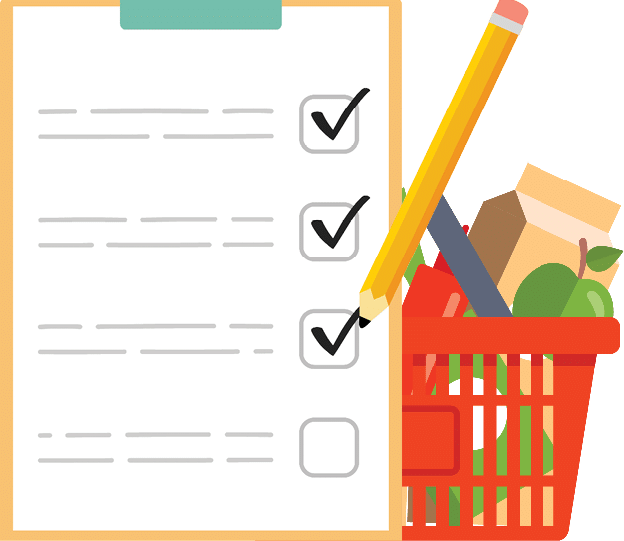
Help writers plan details with
Grocery-List Pre-Writes
Before starting a writing assignment, have your child make a “grocery list” of details related to the topic. These will be the specific words and phrases he will include within his draft. Then, before he begins writing, have him number the listed details to create a logical flow of information. This ensures his writing is on topic and organized.

Show writers how to
Track Sources
Your child is learning how to gather information from multiple sources/texts. However, she may need some help keeping track of what specific information came from which text. You can do this with a simple chart.
Improving writing
Don’t spell words
INSTEAD…
1. SOUND STRETCH: Have your child slowly say the word over and over. Ask him what letter sounds he is hearing.
2. HAVE A GO: Encourage him to try the word spelling himself.
3. YOU DO, I DO: Near where he attempted to write the word, you then write it correctly. Point out the parts of the word he spelled correctly and those he was close on. Then, have him write it correctly.


Add more info
PARAGRAPHS: Compare a paragraph to the parts of a table. For every idea your child writes, he needs to add supporting detail sentences. Each topic sentence serves as the table top and is held up and supported by 3-4 additional “leg” sentences.
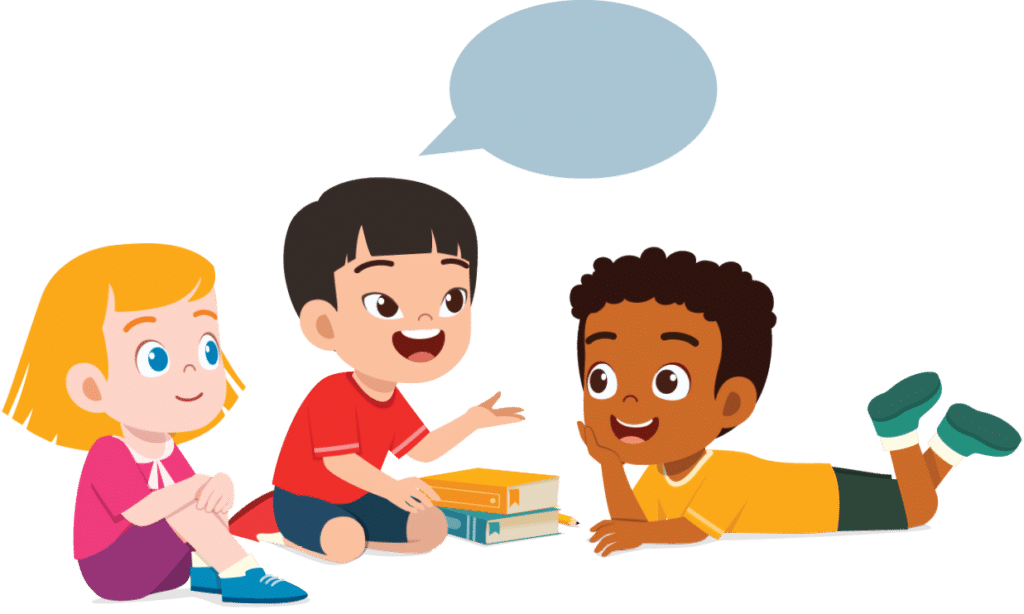
Grab the reader’s attention
TITLES: It may seem rather insignificant, but there is great power in an attention-grabbing title. Rather than My Essay, Chapter Summary, or Biography, encourage your child to think of 2-3 optional titles and select his favorite.
VERB CHOICE: Writers are praised for strong description and word choice. But in particular, strong verb choice is powerful. Compliment your child’s use of synonyms for simplistic verbs like “get” (e.g., steal, sneak, snatch, etc.), and “go” (e.g., dash, race, climb, slide, etc.).
Giving feedback
Guide feedback with 4 questions
When your child asks you to read her writing, give her feedback on the overall ideas. Provide answers to these questions.

WHAT'S THE BEST PART?
What word, phrase, sentence, or part do you think she should leave alone because it’s already great?

WHAT DO YOU WANT MORE OF?
What did she mention but not give enough information about? What parts left you with questions?

WHAT'S FUZZY?
Are there any confusing parts? Is anything missing? Is anything written in a weird or awkward way?

WHAT DO YOU WANT LESS OF?
Is there a word, idea, or phrase that repeats and should be used less
often? Are there any parts that are off-topic and need to be cut?
Target punctuation problems
- Take her paper and read it aloud, never stopping, pausing, or taking a breath.
- Remind her that punctuation marks alert the reader where to pause and take a breath.
- Guide her to reread her own writing aloud, listening for where she takes a breath, and adding in the appropriate punctuation marks she may have neglected.

Expanding Vocabulary
For students to accurately use a word in writing, they first need to hear it, see it, and say it in context.
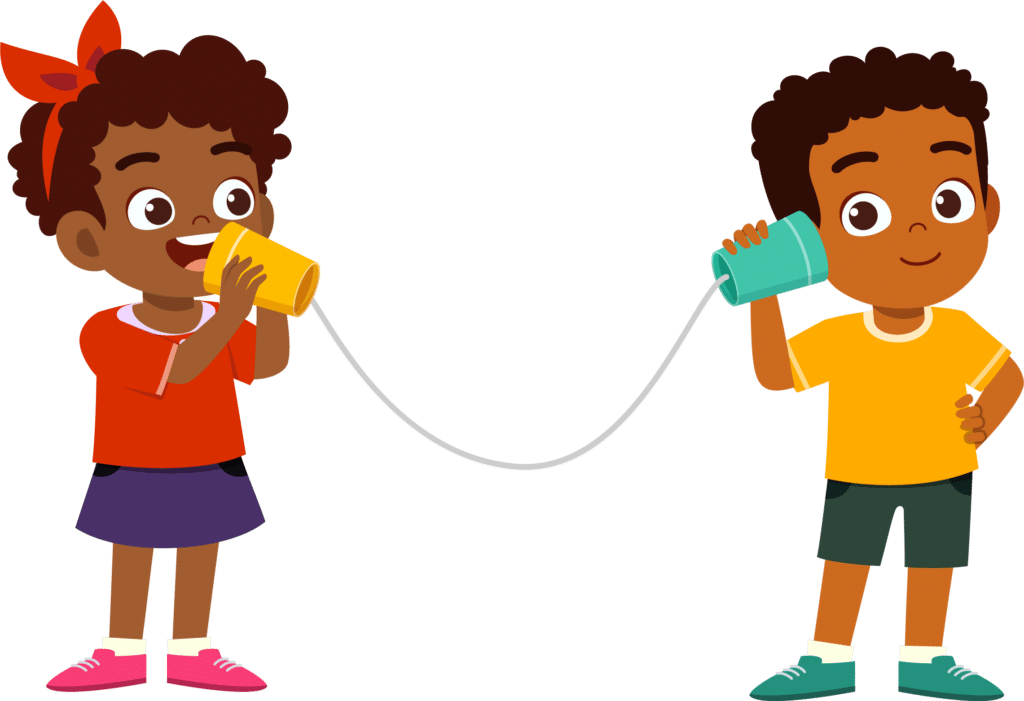
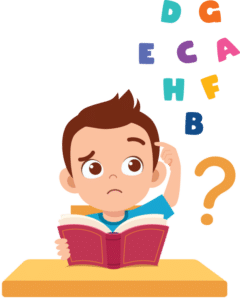
The average student needs to work with one new word 14 times before he masters its meaning.
Although a high–achieving student needs as few as 4 experiences, a struggling student may need as many as 40 interactions with one word before he truly knows it.
Here’s what it means…
Quickly memorizing definitions for a vocabulary quiz does not grow your child’s vocabulary. For academic success, he must work with words in different ways and over many days.
Practice vocab in different ways
When helping your child study new vocabulary, know that he has to work with each word multiple times, in various ways, and over several days. Use some of these strategies to help make word meanings stick.

PROVIDE AN EXPLANATION:
Ask him for an in-your-own-words explanation
using one of these sentence starters.
It is something… It is a concept…
It is the idea that… It explains…
It is someone… It describes…
GIVE EXAMPLES:
She might consider:
- Life experiences.
- Stories, anecdotes.
- Scenarios, hypothetical situations.
- Visuals, videos, real-life objects.
- Current events, pop culture.
IDENTIFY SYNONYMS & ANTONYMS:
Ask him to brainstorm words that have a similar and/or opposite meaning.

LOOK INSIDE THE WORD:
Ask her if she recognizes parts of the word. Does the prefix, suffix, or base give any clues as to what the word means?
ACT IT OUT:
Ask him to “be” the word. Kids who are action-oriented learn word definitions by using their bodies to portray the word’s meaning.
CREATE A MNEMONIC DEVICE:
- An acute angle is the cute “little one” on a triangle.
- The principal is everyone’s pal at school.
- It’s hard to go on vacation when you have a vocation.
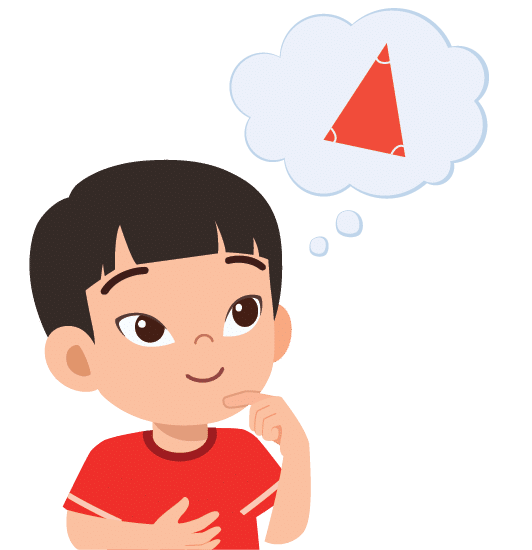
DRAW THE WORD’S MEANING:
Create a sketch that represents the word.

USE IT IN A SENTENCE:
Use the word in a variety of sentences that demonstrate its meaning.
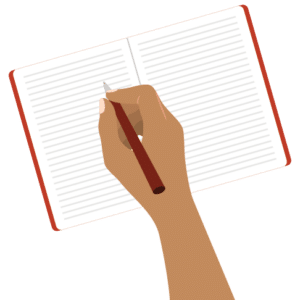
WRITE THE WORD:
Don’t just talk about a word. Show your child what it looks like, so she’ll recognize it when reading.
LOOK UP ITS DEFINITION:
After executing several of the previous strategies, compare your child’s understanding of the vocabulary word to its formal definition in a glossary/dictionary.
Use precise words every day

Use specific & exact words:
Eliminate vague and general words from everyday conversations. Challenge your child to speak more precisely when expressing ideas or asking permission. Instead of “Mom, where’s my stuff?” encourage, “Mom, where’s my black gym bag?”

4-FINGER RUBRIC:
Expand the “everyday” words of your child. Point out less familiar words you come across in daily life. Ask your child to identify the level of prior knowledge he has with the word.
Have you ever heard this word before?

I know this word. It means…

I think I know. It has to do with…

I have heard this word before.

This is a word?
Play games & activities
CUBING:
Make a list of 3-5 words. Take turns rolling a game die. Whatever number you roll, that’s what you have to “do” to the selected word.
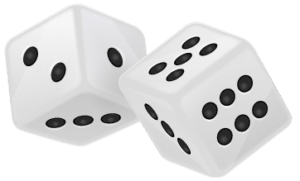
6 — Describe it/Explain it.
5 — Use it in a sentence.
4 — Draw it/Act it out.
3 — Identify synonym(s).
2 — Give example(s).
1 — Spell it/Sound it out.

Other games that focus
on word meanings:
Taboo | Heads up
Charades | Pictionary
BIO POEMS:
Some words are “big idea” words, also known as concept words. Thinking about these words concretely helps establish a deeper understanding. A Bio Poem is a line-specific list of information about a single idea. There is no right answer. The only rule is that you can’t repeat any words within the poem.
Make a list of 3-5 words. Take turns rolling a game die. Whatever number you roll, that’s what you have to “do” to the selected word.
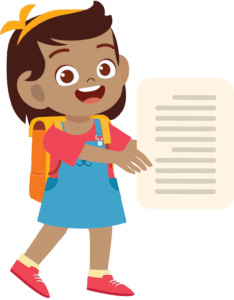
The word is… Teamwork
Looks like… a huddle of people smiling
Related to… sports, school projects, life
Lover of… positive attitudes
Which feels… powerful, strong
Which needs… people to share it with
Which fears… mean and selfish people
Which causes… more ideas, more success
Lives/Resident of… your team
Try practicing with some of these words:
- Respect
- Chores
- Family
- Friend
- Homework
- Love